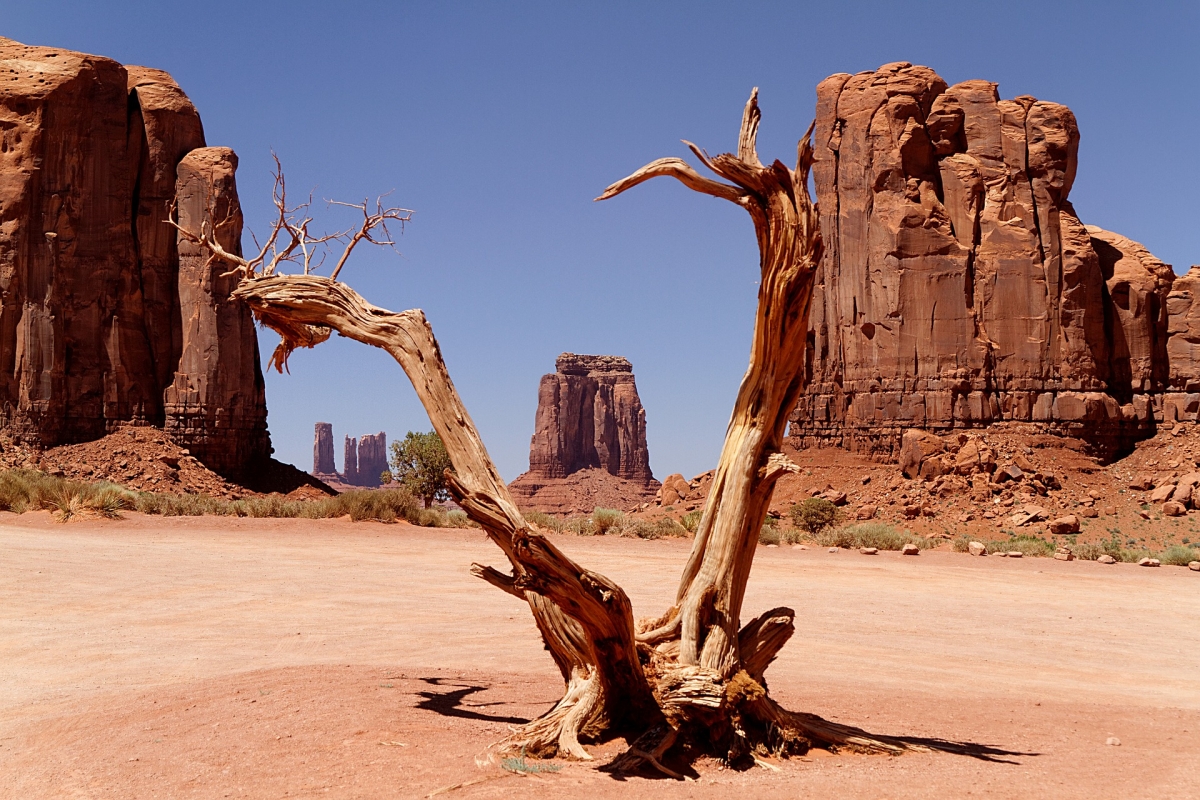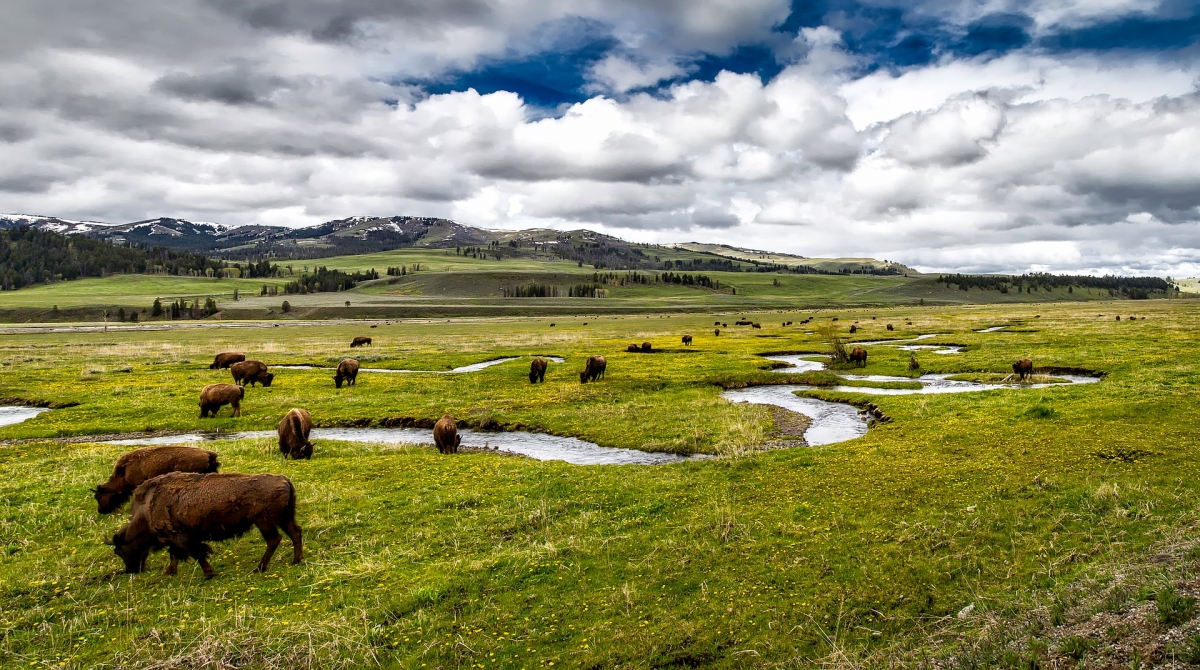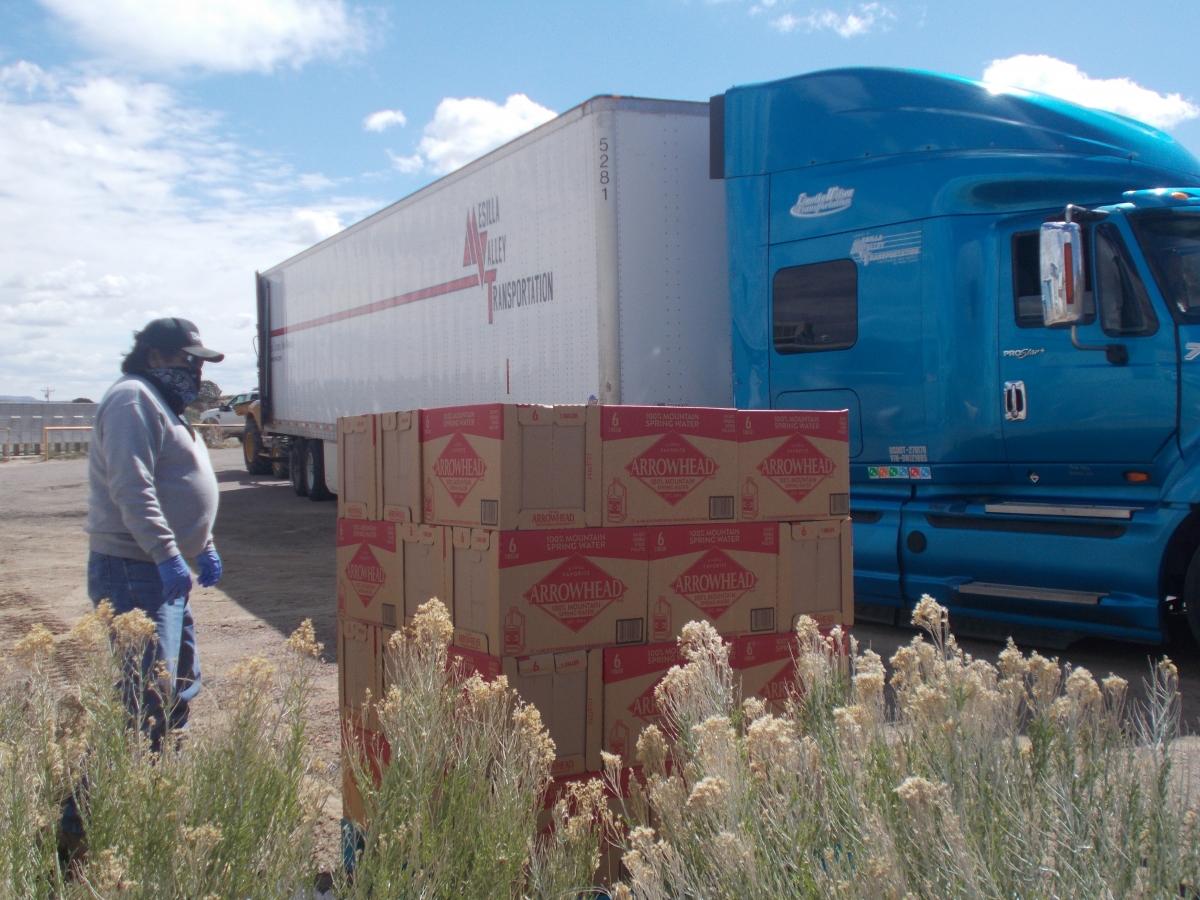Pandemics are global in nature, but their impacts are anything but uniform. COVID-19 is exposing substantial inequities, including disproportionate health and economic consequences for minorities. From medical care to broadband, different demographics have vastly different access to critical resources in a widespread crisis. Indian country is especially hard hit by coronavirus. It is the locus where matters of public health, Indigenous sovereignty, and environmental justice collide. Access to clean, safe, and affordable water offers a particularly stark example. Without water, even following the common sense admonition to frequently wash one’s hands becomes an insurmountable challenge.
 The international community recognizes a right to clean, safe, affordable water. The United Nations in 2010 passed a resolution acknowledging a Human Right to Water and Sanitation, meaning access to sufficient, safe, acceptable, physically accessible, and affordable water for personal and domestic use. The UN Sustainable Development Goal 6 calls for clean water and sanitation for all people, with the aim of achieving universal and equitable access to safe and affordable drinking water for all by 2030. Several nations, like South Africa, recognize a constitutional or statutory right to water, while courts in countries such as India interpret existing rights to life include the right to safe and sufficient water. There is no federally recognized right to water in the U.S., although California in 2012 passed AB 685, recognizing the right of every human being to clean, safe, affordable, and accessible water adequate for human consumption, cooking, and sanitary purposes.
The international community recognizes a right to clean, safe, affordable water. The United Nations in 2010 passed a resolution acknowledging a Human Right to Water and Sanitation, meaning access to sufficient, safe, acceptable, physically accessible, and affordable water for personal and domestic use. The UN Sustainable Development Goal 6 calls for clean water and sanitation for all people, with the aim of achieving universal and equitable access to safe and affordable drinking water for all by 2030. Several nations, like South Africa, recognize a constitutional or statutory right to water, while courts in countries such as India interpret existing rights to life include the right to safe and sufficient water. There is no federally recognized right to water in the U.S., although California in 2012 passed AB 685, recognizing the right of every human being to clean, safe, affordable, and accessible water adequate for human consumption, cooking, and sanitary purposes.
Despite these lofty aspirations, 785 million people still lack even a basic drinking water service. More than 2 million Americans are without running water and basic indoor plumbing. Native American households are 19 times more likely than white households to lack indoor plumbing.
Let’s take a deep dive into this disparity, looking at two aspects of drinking water—access and quality—by reviewing first the law and the situation on the ground in Indian country through the experience of the Navajo Nation.
Drinking Water Access in Indian Country
Tribes’ water rights are generally protected by the Winters doctrine; meaning that when Congress sets aside federal lands, including Indian reservations, the implication is that it reserves water sufficient to meet the primary purpose for that reservation. In practice, water rights settlements take an average of five years to negotiate and then require congressional approval. The Navajo Utah Water Rights Settlement Act, if passed, would provide water from sources located within Utah to at least parts of the Navajo Nation.
But “paper water rights” do not equal access in practice. Many tribes have limited funding resources for improving and maintaining tribal water and wastewater infrastructure. Tribes cannot impose property taxes, and thus rely predominately on tribal businesses and royalties for revenue. Additional obstacles unique to tribes include complex jurisdictional issues, fractionated land ownership, and lack of eminent domain authority to obtain rights-of-way for building necessary infrastructure.
 Is the federal government meeting its bedrock trust responsibility to the nation’s tribes in addressing these infrastructure deficiencies? Some funding opportunities for infrastructure development exist. The Drinking Water State Revolving Fund (DWSRF), which helps finance infrastructure improvements, includes a Tribal Set Aside (DWIG TSA) Program, currently set at 2%. Annual allocations amount to approximately $22.5 million.
Is the federal government meeting its bedrock trust responsibility to the nation’s tribes in addressing these infrastructure deficiencies? Some funding opportunities for infrastructure development exist. The Drinking Water State Revolving Fund (DWSRF), which helps finance infrastructure improvements, includes a Tribal Set Aside (DWIG TSA) Program, currently set at 2%. Annual allocations amount to approximately $22.5 million.
How far does this federal funding go? The Johns Hopkins Center for American Indian Health reports that 12% of homes in Indian country are not even connected to public water systems, compared with 0.6% all American homes. In 2018, the Indian Health Service (IHS) identified water, sewer, and solid waste infrastructure needs that included 1,314 economically feasible programs with an estimated $985 million price tag. All 1,837 projects identified would cost $2.67 billion.
Navajo Nation
The Navajo Nation reservation sprawls over 27,000 square miles—roughly the size of West Virginia—and is home to nearly 175,000 Navajo (or Diné) citizens. COVID-19 has walloped the community, with 5,533 confirmed coronavirus cases and 252 deaths as of June 3. As of May 31, the reservation has the highest COVID-19 infection rate in the U.S.
An estimated 30% of reservation residents – about 54,000 people – lack access to running water provided by the Navajo Tribal Utility Authority (NTUA) public water system—though the actual number may be closer to 40 or 50%. Many of these residents drive for hours to haul water in from a common supply point. A study of Navajo access to drinking water found participants had fewer than 10 gallons at home at any given time, compared to 88 gallons per day used by the average American. These residents struggle to balance hygiene and consumptive needs.
The IHS in 2018 reported a $450 million backlog in water, sewer, and other sanitation projects on the Navajo Nation’s reservation lands. Additionally, many reservation households are not good candidates for centralized water systems due to the high cost of extending lines to the low-density, mountainous areas where they live.
Aside from access to water, what is the state of water quality on the reservation? Rising temperatures and declining rainfall have made groundwater the principal drinking water source for many residents. The Navajo Nation distinguishes itself as the only tribe with Safe Drinking Water Act Treatment as a State (TAS) status, meaning the tribe has primary enforcement responsibility for reservation public water systems. Despite this, some Navajo rely on unregulated wells, springs, and livestock groundwater for their consumptive needs. The federal Safe Drinking Water Act (SDWA) does not regulate drinking water not served by public water systems—such as private wells—and groundwater may be at risk of contamination, such as by the 521 abandoned uranium mines on the reservation.
 Nonprofits are stepping in to help. Dig Deep’s indigenous-led Navajo Water Project, for example, builds water systems on the Navajo Nation, and has thus far installed running water in nearly 300 homes (see photo on right, courtesy of Dig Deep). While not a sustainable solution, the organization has teamed up with Nestlé during the current pandemic, in late April donating 248,000 gallons of bottled water to Navajo Nation residents, providing clean drinking water for an estimated 30,000 people.
Nonprofits are stepping in to help. Dig Deep’s indigenous-led Navajo Water Project, for example, builds water systems on the Navajo Nation, and has thus far installed running water in nearly 300 homes (see photo on right, courtesy of Dig Deep). While not a sustainable solution, the organization has teamed up with Nestlé during the current pandemic, in late April donating 248,000 gallons of bottled water to Navajo Nation residents, providing clean drinking water for an estimated 30,000 people.
Change on the Way?
Access to sufficient safe, affordable, and clean water remains a Brobdingnagian problem in the Navajo Nation and throughout Indian country.
The COVID 19 legislative relief package legislation includes approximately $8 billion allocated to tribes, none of which is specifically allocated for drinking water. However, the Navajo Nation recently received $600 million in relief funding—despite delayed distribution—and officials are proposing using a portion to address lack of access to running water in the Nation. Tribes and allies are also advocating for future packages that directly address this critical issue. The Senate Environmental Justice Caucus, for example, included increased funding for the Drinking Water State Revolving Loan Fund and technical assistance for Indigenous communities in its list of priorities to be included in the next COVID-19 stimulus bill.
Future water infrastructure bills may also incorporate funding for tribal projects. The Senate Committee on Environment and Public Works plans to move two large water infrastructure packages this year, while the House Transportation and Infrastructure Committee plans to introduce its own major water bill. One of the proposed Senate bills, the $2.5 billion Drinking Water Infrastructure Act of 2020, would extend the Indian Reservation Drinking Water Program, increasing funding to $50 million and designating half to be used by tribes nationally (the other half would fund specified projects equally divided between three major river basins). None of these bills propose increasing the 2% tribal set-aside.
Opportunities for Public Health Investment
The coronavirus pandemic, for all its devastation, has called attention to the inherent inequities in access to water in our country and now provides an opportunity to improve drinking water infrastructure in Indian country. The will is there: a recent poll shows 84% of American voters want state and federal leaders to invest in water infrastructure. There is a historical precedent: the Public Works Administration, under the New Deal, funded water supply and electricity projects in small communities, while Great Society initiatives funded pilot programs to develop rural water systems in the early 1970s. Federal and state grant funding for establishing and improving water and wastewater systems later shifted from grants to loans, and funding since has flatlined.
The potential return on investment in improved access to water is enormous. Every dollar invested in water and sanitation yields a fourfold return in reduced healthcare costs; a 20-fold return in tribal areas for every dollar spent on sanitation facilities. Even in isolated areas too small and remote to support centralized water systems, several measures can still vastly improve water service and delivery. Examples include implementing private well testing, community-run collectives to deliver treated water to household cisterns, rainwater harvesting and graywater systems, and establishing community water kiosks.
Conclusion
For tribes, the impact of coronavirus plays out as an echo of a horrific history. Diseases brought by European colonists devastated the Indigenous peoples of the Americas. Today, disparities in employment, health, and access to critical resources make tribal citizens uniquely susceptible to succumbing to outbreaks. Tribes’ health care systems are already strained to a breaking point by the coronavirus. Yet this pandemic also presents us with a genuine opportunity to plan and make investments today in critical infrastructure in Indian country. Improving and expanding access to clean drinking water is a crucial first step.
